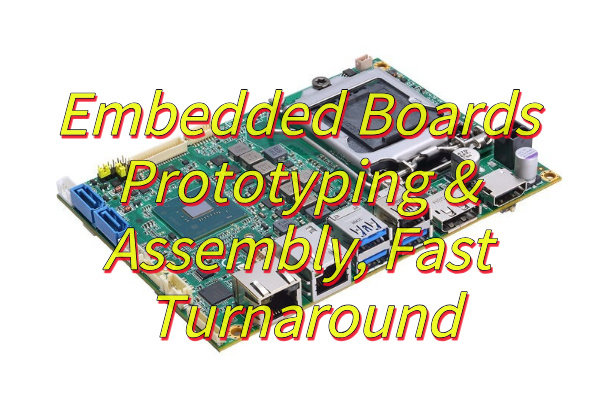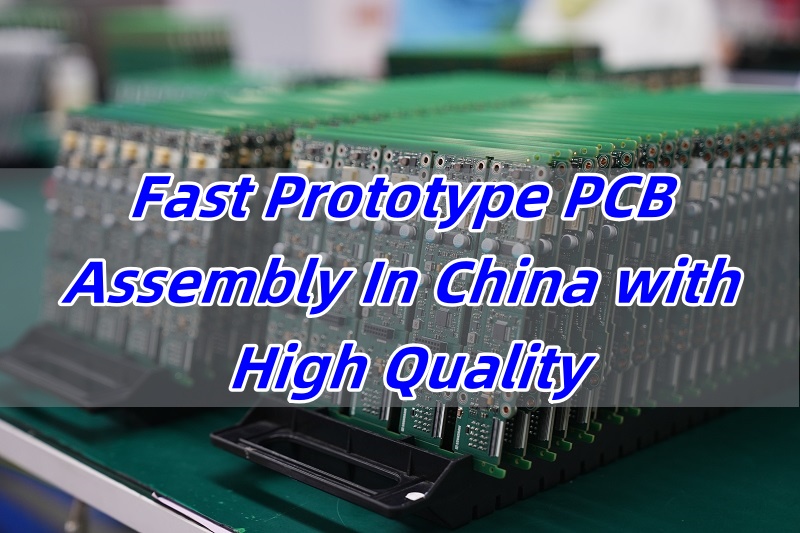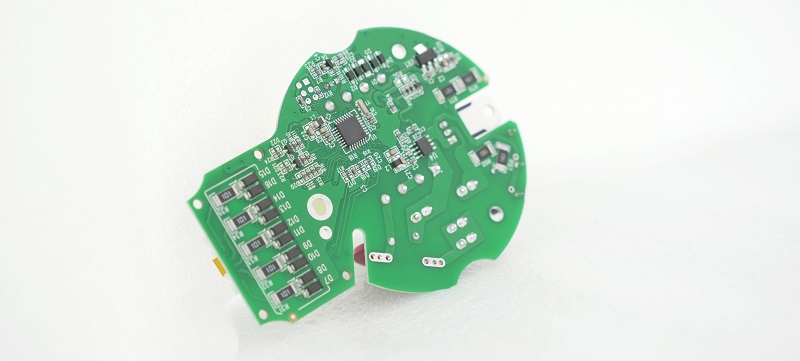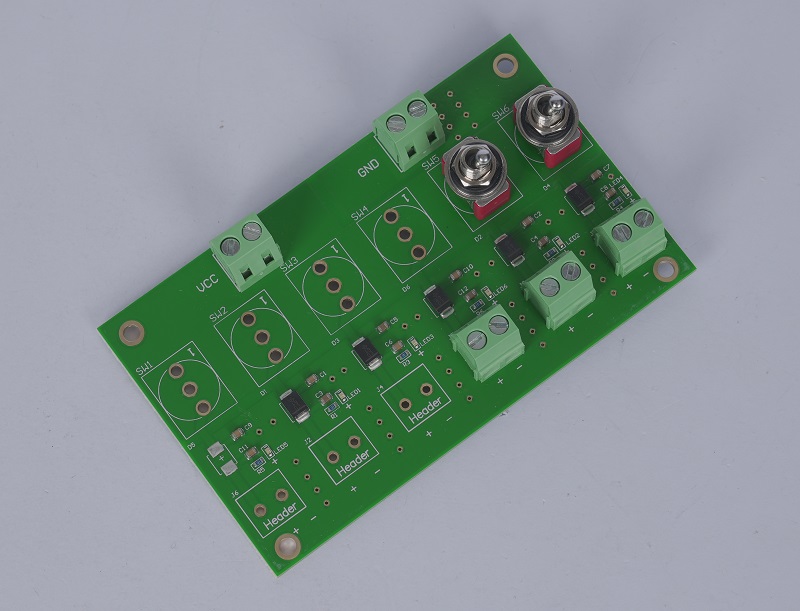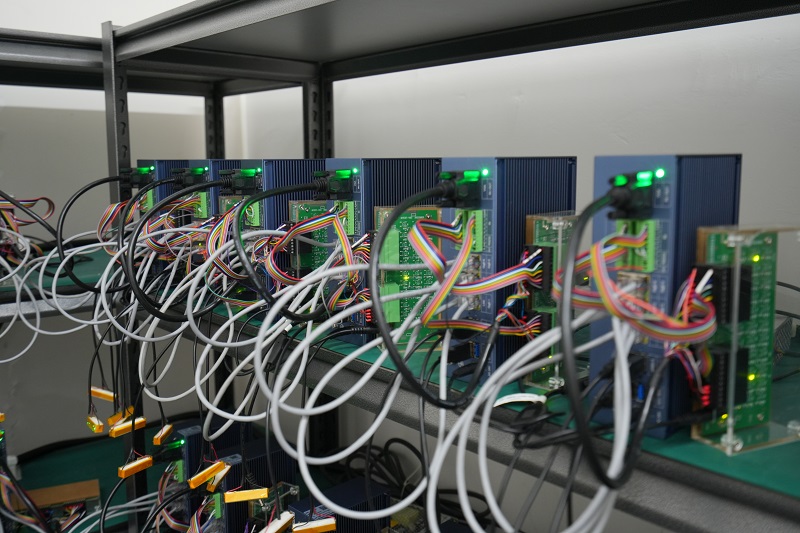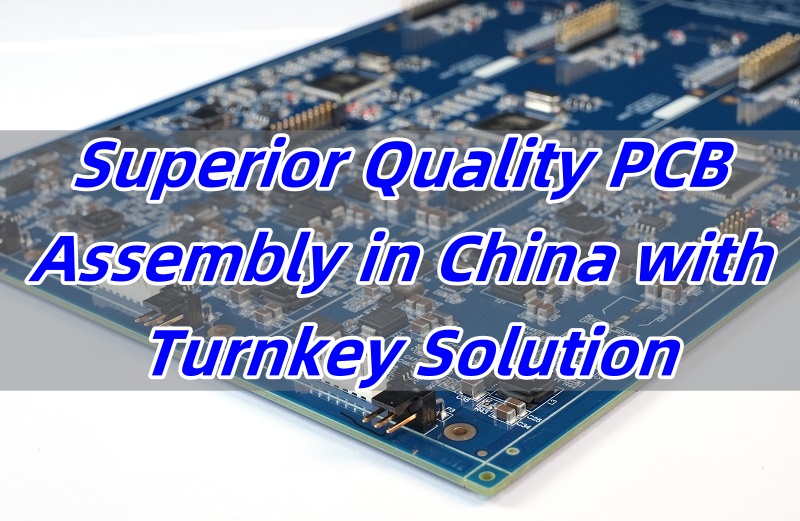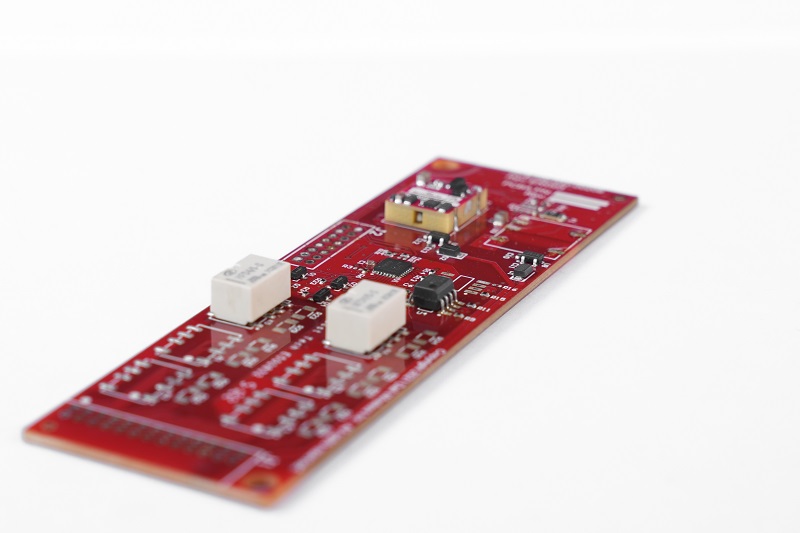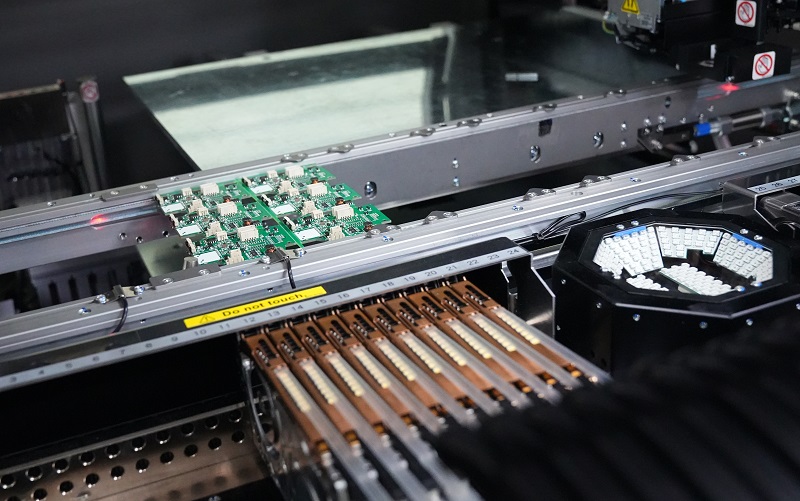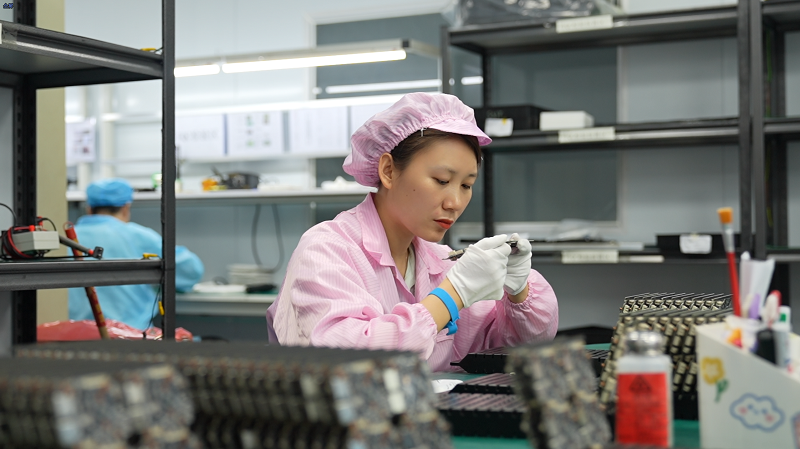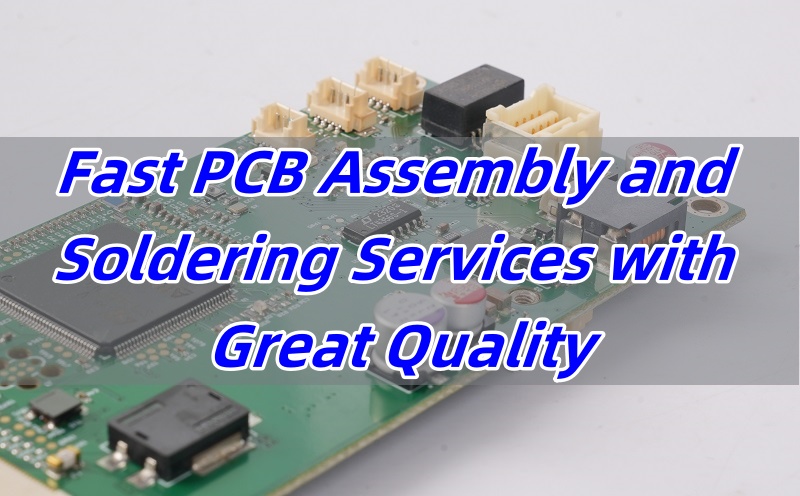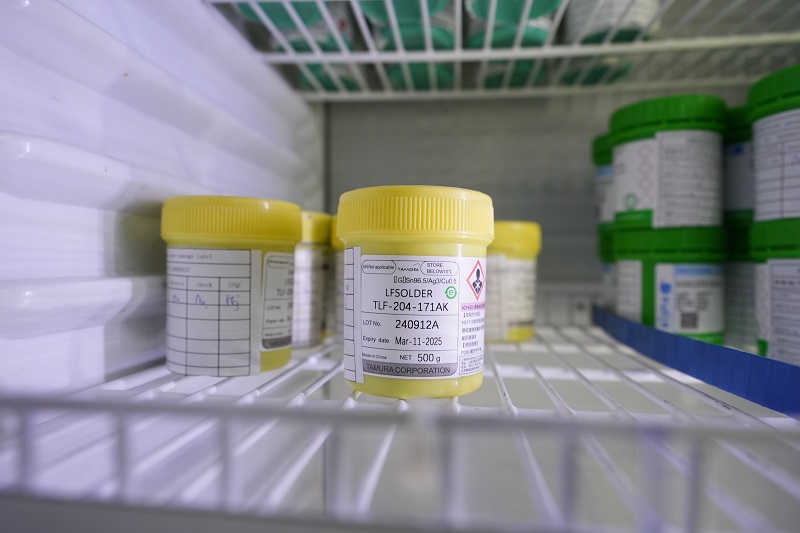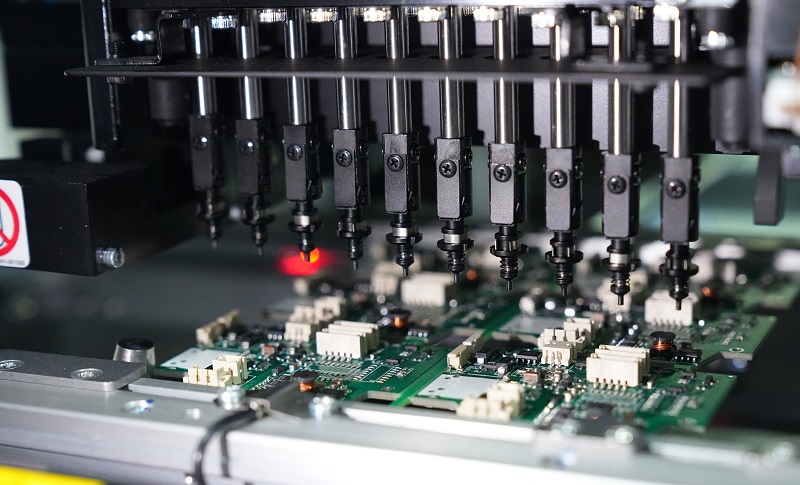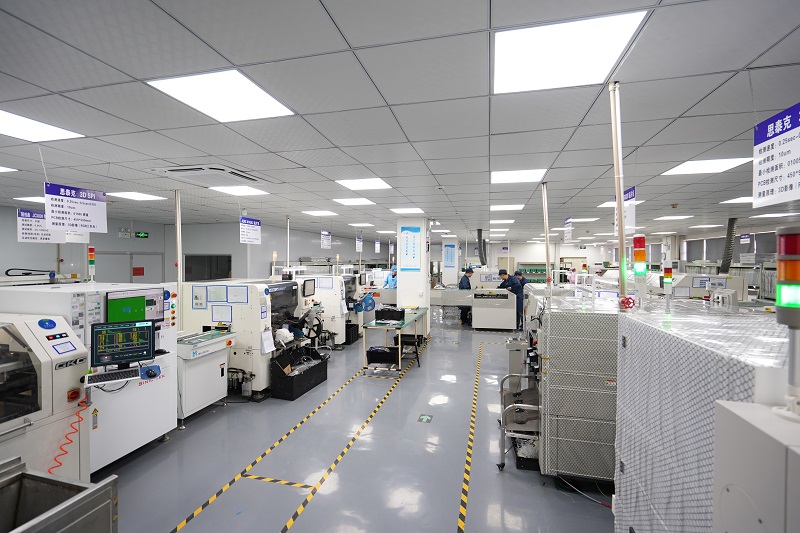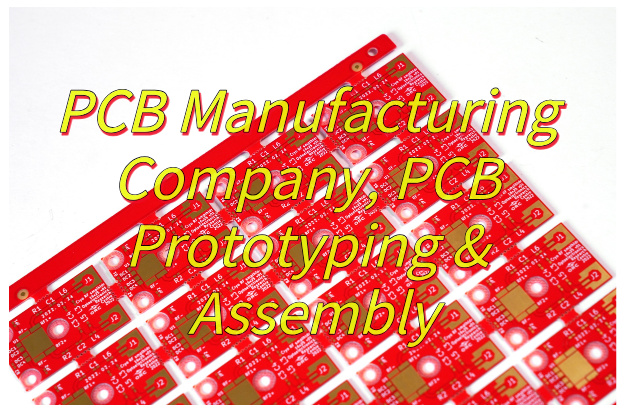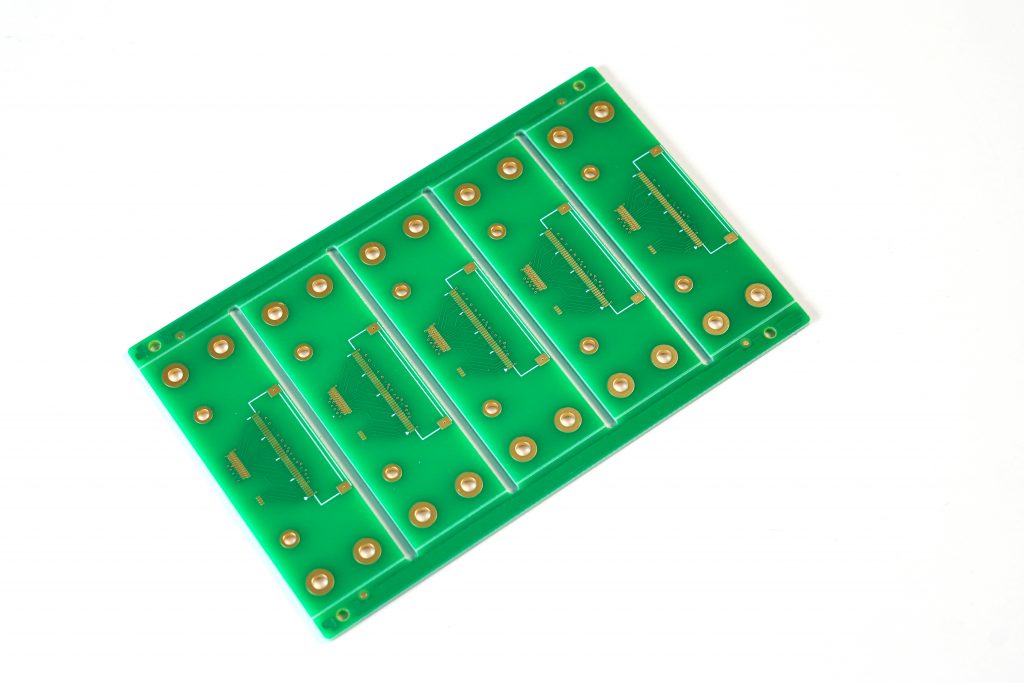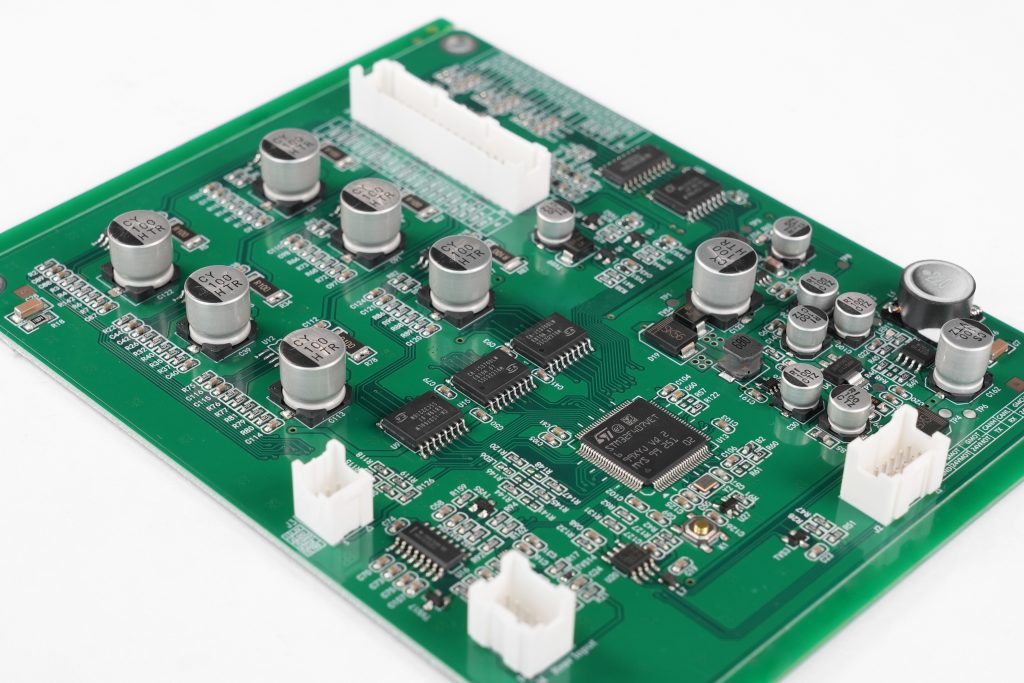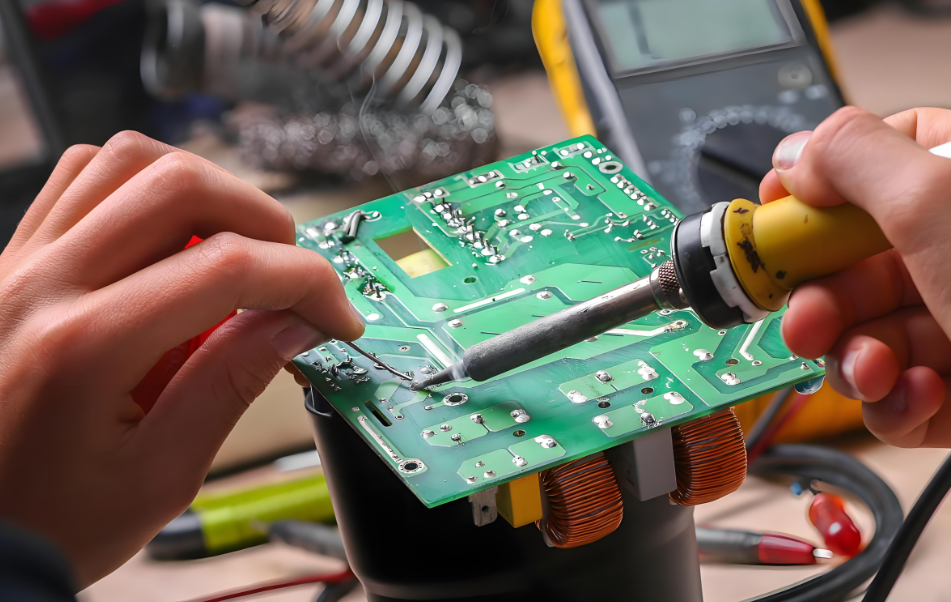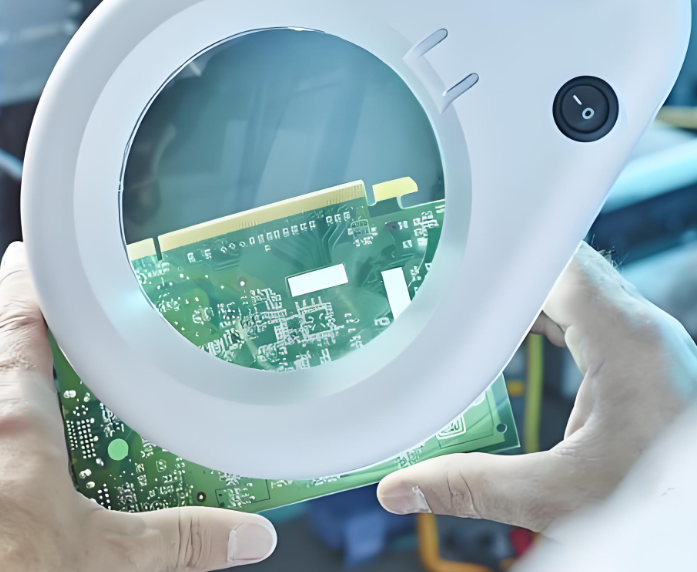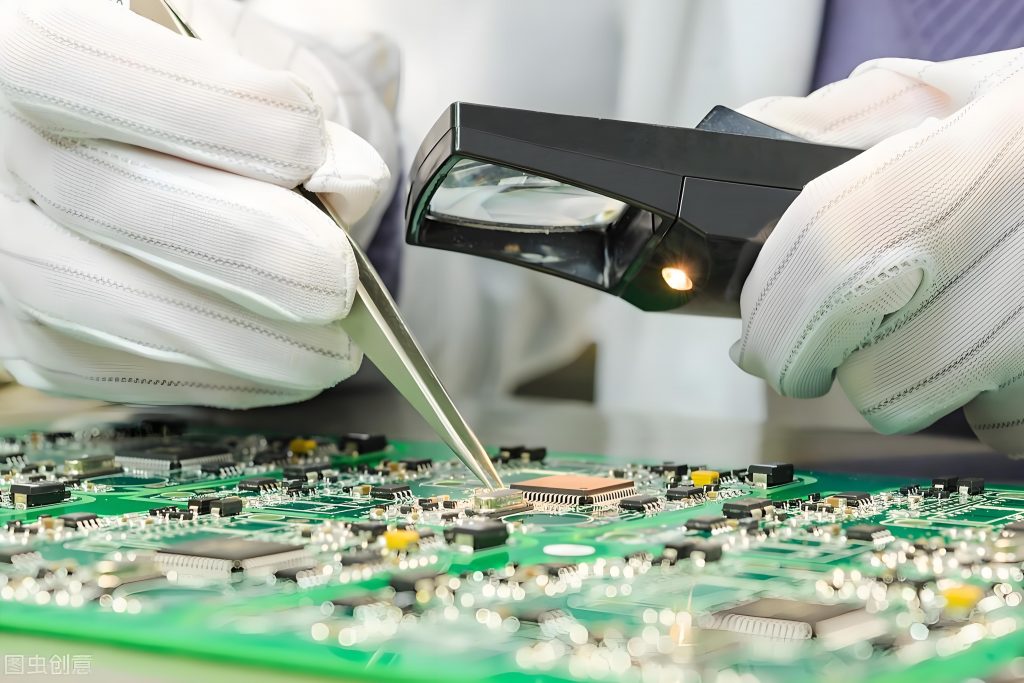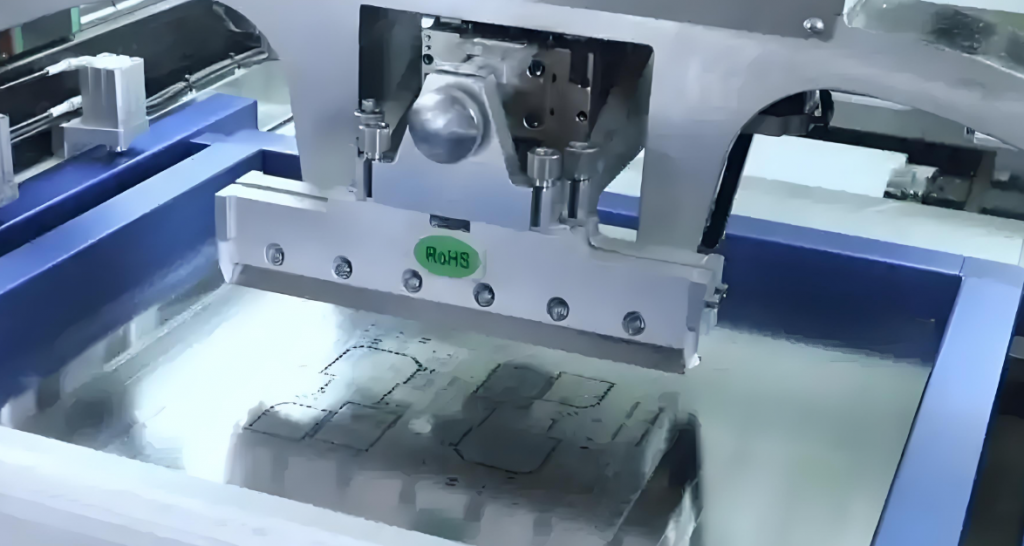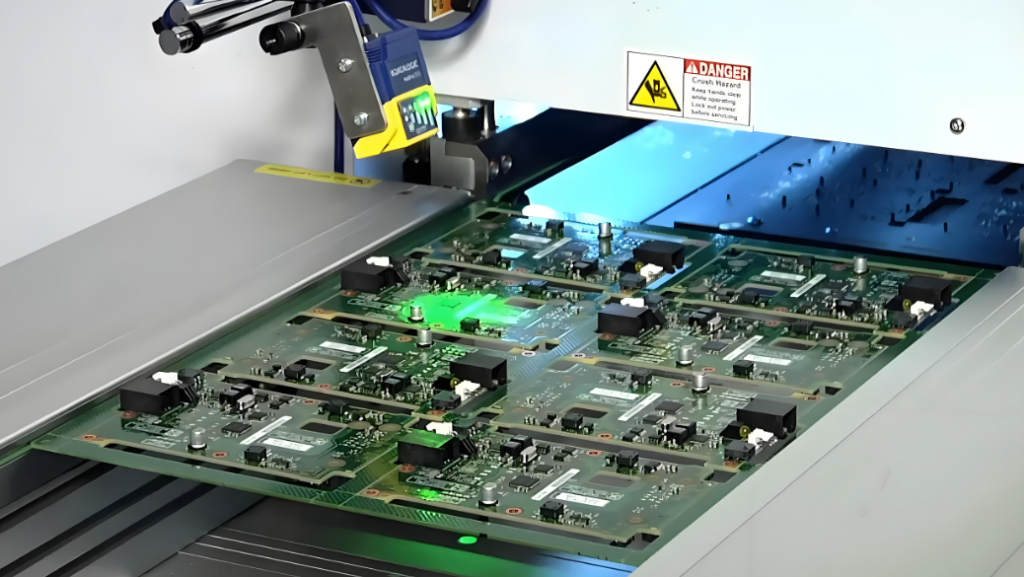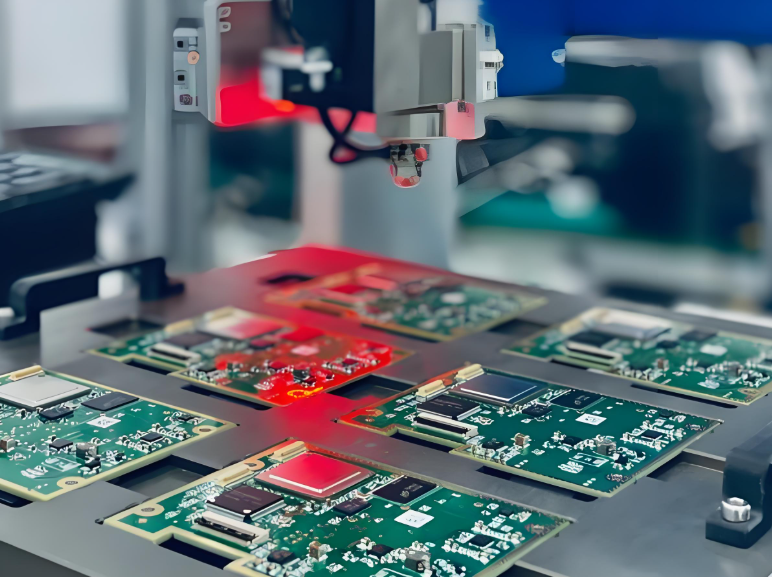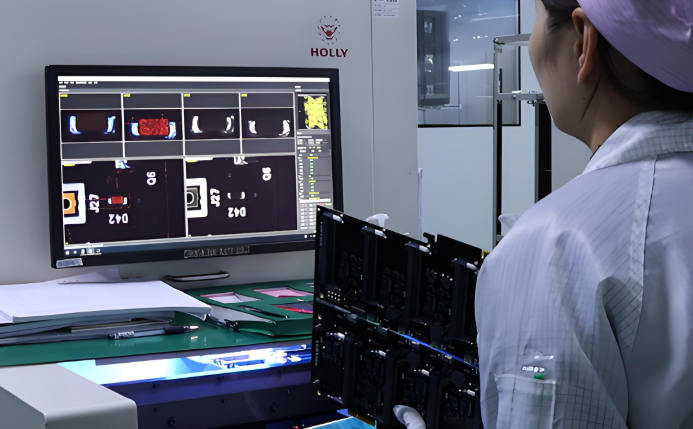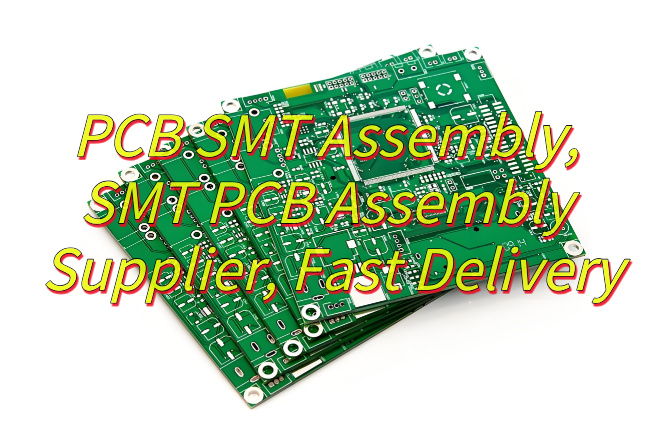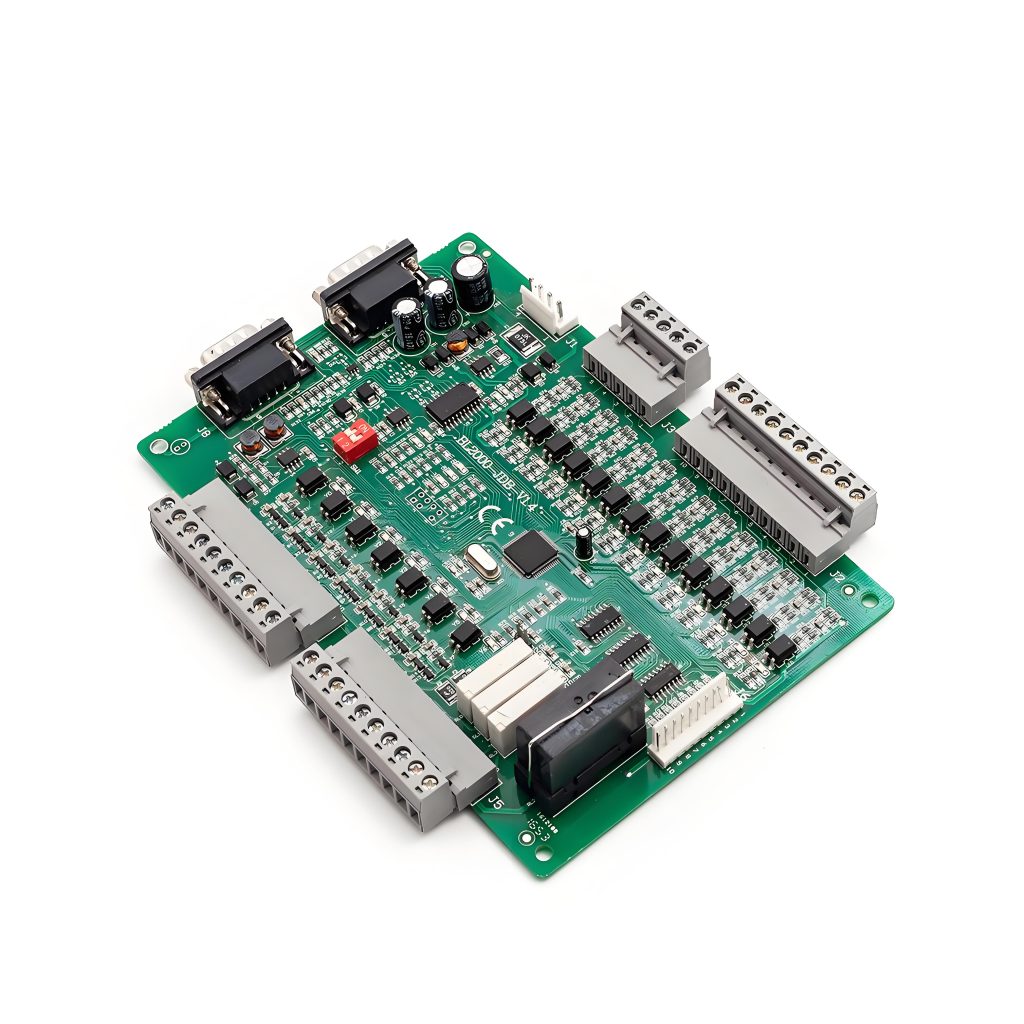PCBA Manufacturer in China is a keyword that resonates with global buyers who demand fast, precise, and trusted electronics assembly services. If you’re looking for a reliable partner who delivers consistent quality on tight timelines, you’re not alone. The competition in electronics manufacturing is intense, and choosing the right PCBA supplier is no longer just about costâit’s about control, speed, and support.
To ensure every customer enjoys super quality PCBA and satisfactory service, Best Technology offers DFA checks, rapid prototyping service, and a wide range of PCBA choices for customers, such as 4L, 6L, 8L, and 12L FR4 PCB assembly, 4L rigid-flex PCBA assembly, ceramic PCB assembly, and box building services. Best Technology is a PCBA board manufacturer for electronics in China. We promise a super-quality SMT PCBA and efficient delivery. And we will provide the best service for you. Feel free to share your BOM list, silk screen position diagram, and SMD coordinates with us at sales@bestpcbs.com, and we will be pleased to share our specific quoting correspondingly.
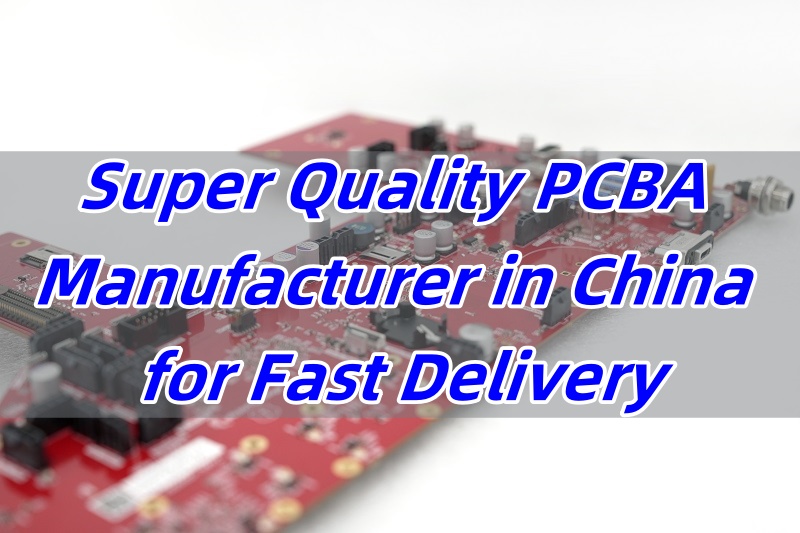
Who Is the Best PCBA Manufacturer in China?
Many companies call themselves top suppliers, but the best PCBA manufacturer in China goes beyond high volume. Itâs about who can provide stable quality, quick turnaround, and full technical backup. Best Technology, for example, has earned the trust of global clients through a well-managed MES system, certified production (ISO9001, ISO13485, IATF16949, AS9100D), and a customer-first approach. Clients choose them not just for productsâbut for comprehensive solutions.
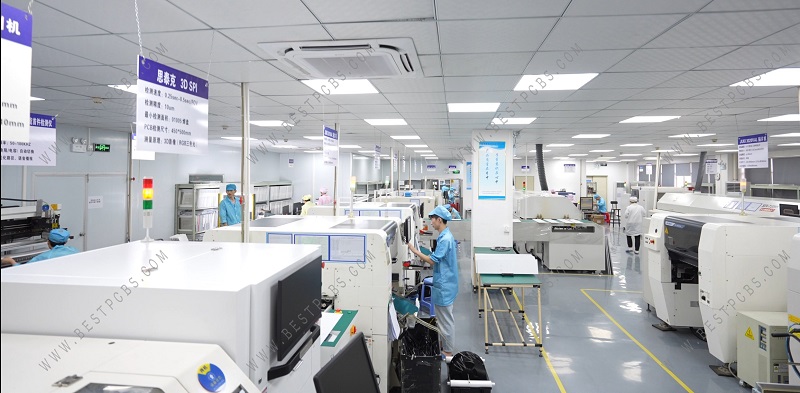
Where Are Most PCBA Manufactured?
Most PCBA manufacturing in China is concentrated in regions like Shenzhen, Dongguan, and Suzhou. Shenzhen stands out as the heart of the electronics industry. With access to a robust supply chain, skilled labor, and modern logistics, PCBA China suppliers in this area offer faster prototyping and flexible batch production. Thatâs why many global electronics brands choose this hub for their key projects.
What Services Do Top PCB Assembly Manufacturers in China Offer?
Leading PCBA board manufacturers for electronics in China donât just offer assembly. They provide full turnkey servicesâPCB fabrication, SMT, DIP soldering, functional testing, BGA rework, and conformal coating. Best Technology adds an extra layer of value through DFM feedback, component suggestions, and custom packaging. In-house AOI, X-ray, ICT, and full traceability reporting help buyers avoid quality risks and shorten development cycles.
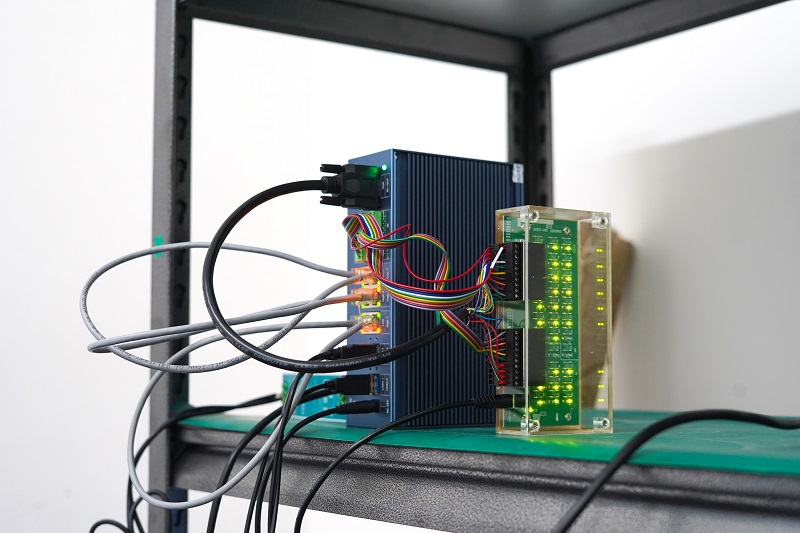
What Is the Difference Between Bare PCB and PCBA?
The terms sound similar but represent two different stages. A bare PCB is the raw board with only copper traces and no parts. A PCBA (Printed Circuit Board Assembly) includes all the soldered components. The jump from PCB to PCBA adds complexity and responsibilityâespecially in terms of inspection, process control, and final test. So, working with a skilled PCBA China team can reduce rework, returns, and missed deadlines.
Who Is the Manufacturer of Bare PCB in China?
China has countless PCB manufacturers. However, very few manage both bare board production and complete PCBA in one location. Best Technology is one of the few that offers integrated services. This helps maintain consistency between PCB and assembly quality. No more back-and-forth between multiple suppliers. Customers benefit from a single point of accountability, stronger material control, and fewer delays.
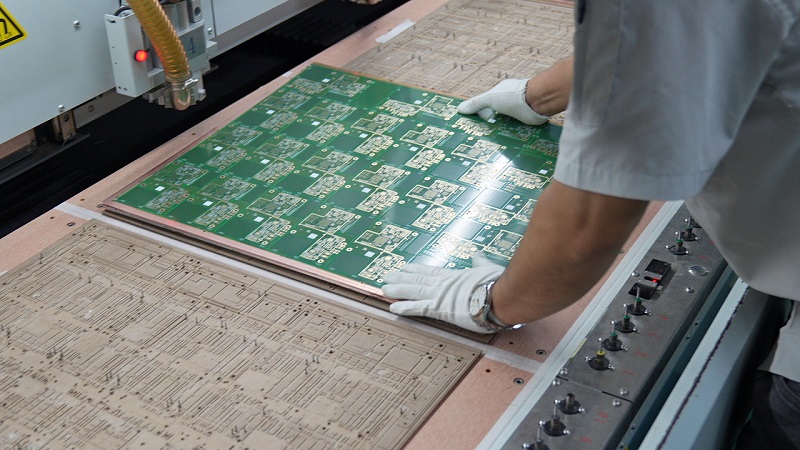
How to Choose a Reliable Shenzhen PCBA Manufacturer for Fast Turnaround?
First, check for certificationsâISO 9001, ISO 13485, IATF 16949, and others prove the factory follows international standards. Second, examine their testing process. Do they use AOI, X-ray, ICT, and FCT? Third, review their past delivery records. Finally, talk to their support team. A fast response today shows how theyâll support you tomorrow. Best Technology checks all the boxes and adds extra value with proactive DFM support and 24/7 communication. Fast delivery isnât luckâitâs planning.

Why Choose Best Technology for PCB & PCBA Manufacturer in China?
Customers choose Best Technology for a reason. Their strength lies in four pillars:
- Quality Control:Â They operate under a complete quality systemâfrom raw material inspection to final test. Every board passes AOI and functional checks before shipping.
- Fast Delivery:Â Thanks to lean manufacturing and automated lines, urgent orders ship in as fast as 24â48 hours.
- Technical Support:Â Their engineering team works with your design to avoid issues before production starts.
- Customer Service:Â Around-the-clock response ensures youâre never left waiting.
Moreover, Best Technology manages orders with a clear process and always seeks continuous improvement. Whether you’re scaling up or launching a new design, they reduce your risks and help you move fastâwithout quality trade-offs.
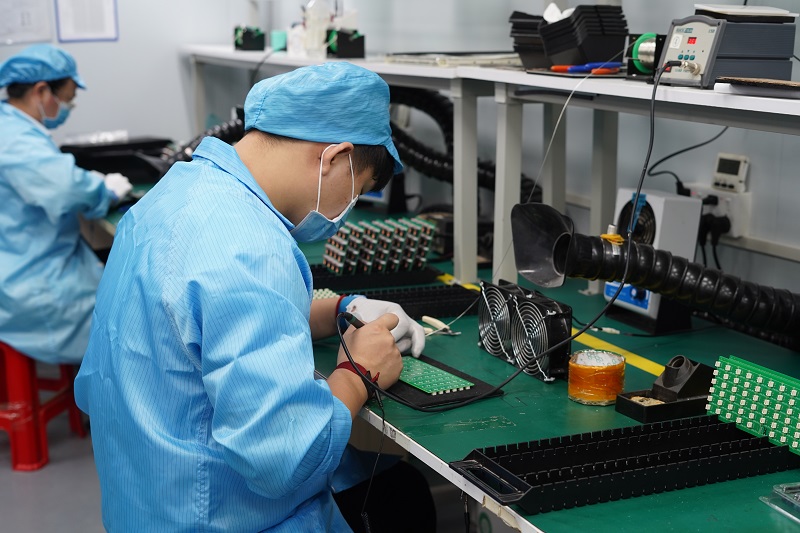
As a final point, finding the right PCBA Manufacturer in China is more than a searchâitâs a strategic decision. Customers today need more than just low cost. They want accountability, speed, quality, and clear communication. Best Technology stands out with its strong engineering, fast delivery, rigorous testing, and transparent support model. In a world where missed deadlines and poor quality hurt business, choosing a trusted partner like Best Technology can make a big difference for your projects.
Best Technology is a super quality PCBA manufacturer in China for fast delivery. If you’re tired of delays, rework, and poor communication, itâs time to work with a supplier who delivers not just boardsâbut viable solutions. Please email Best Technology at sales@bestpcbs.com if you have new inquiries or would like to schedule a factory visit with us.



